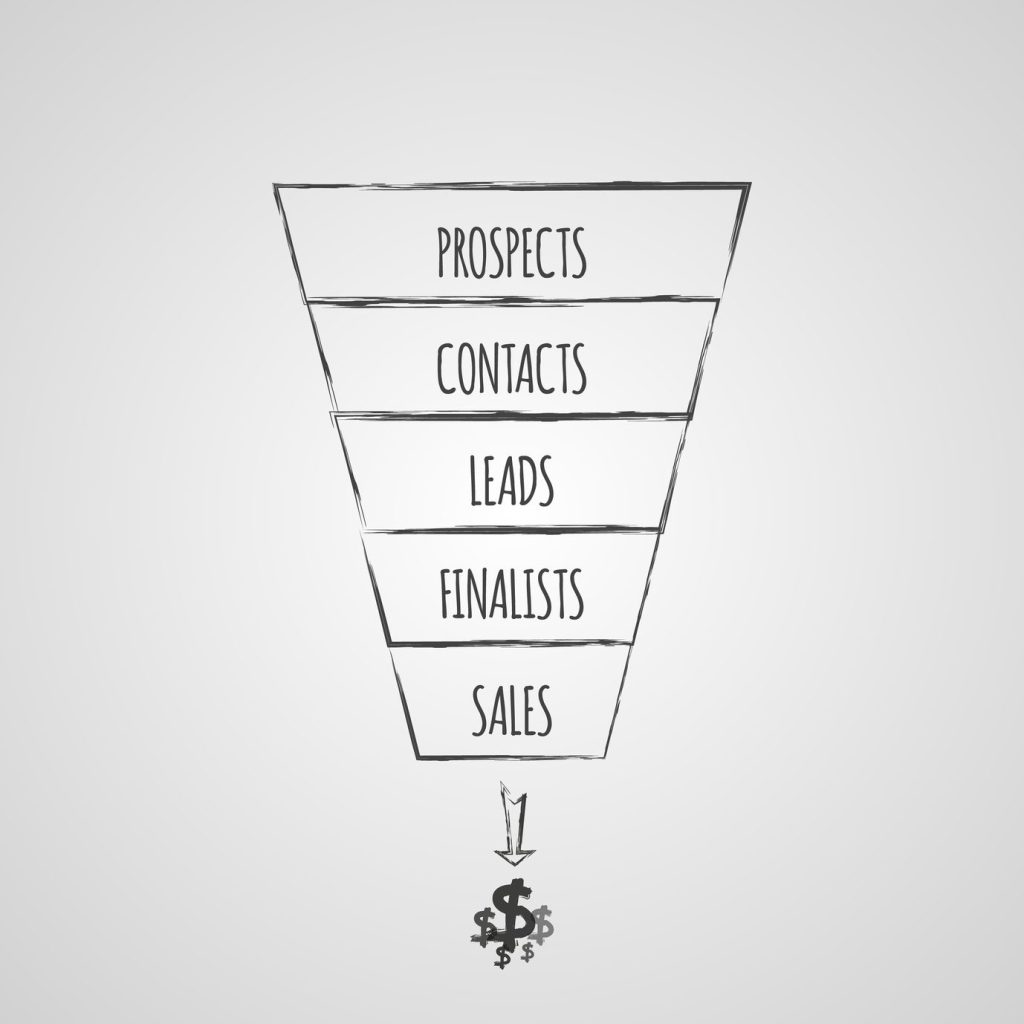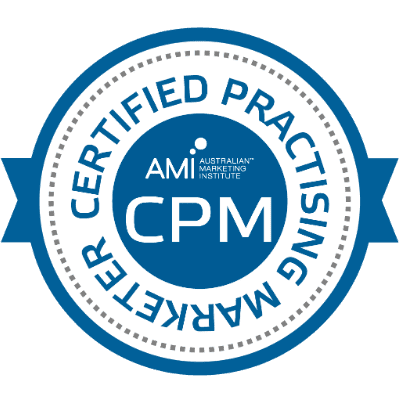How to Increase Your Sales Funnel Optimisation
The idea of a sales funnel is all about informing customers and getting them to buy from you. Check out our guide on increasing your sales funnel optimisation.
A lot of business owners and marketers believe that the more engagement they have with prospective clients, the higher their return on investment (ROI).
In actuality, ROI is better measured by how many conversions you’ve generated.
Because it doesn’t matter how much traffic your website receives. Or how many followers your business’s social platforms have.
If you’re not getting conversions, there’s a kink in your sales funnel.
You see, there need to be further incentives besides general engagement to get sales.
Which is why your funnel needs to be seamless.
Not sure how to do this?
Read on to find out!
What is a sales funnel?
Basically, a sales funnel is an organisational tool used to monitor and track prospective clients along their buying journey. The end goal being a sale.
So, it starts with awareness. This step attracts many potential customers, which is why, like a funnel, it’s at the widest section.
The other sections include interest, decision, and action.
As the potential customer goes through these sections, they get deeper into the sales process, mimicking the action of water passing through a funnel, hence its name.
You should know some businesses change the names up. Or add subcategories. But these are the general funneling terms.
Ways to optimize the funnel
There’s more…
Read on to learn how to increase your ROI by incorporating these optimization techniques.
Awareness: content marketing and social media
In order to have more potential customers enter your sales funnel, you need to boost engagement.
To do this, utilize SEO-based content marketing. Not only will consistent blogging increase your ranking, but will build your credibility as an expert in your industry.
But it’s twofold. You need to use social media to spread the word about your content. Include the link to the content page (which should be located on your business website).
This will attract users. And, if the content is well-written and the website is user-friendly, their interest should be piqued.
Interest: Email and social media
So, now the potential customer is considering your product or service. But they’re still on the fence.
They need to know more in order to make a decision.
In this step, email is key.
Get the user’s email by creating contact and comment forms. Make it mandatory for users to input their email in order to use these forms.
Or entice users to sign up to your newsletter by offering them a quick-fix solution to a common problem.
After getting the email, specifically, send an email that answers the 4 most common questions about your product or service.
Also, monitor your product or service as well as the business name on social media platforms.
That way, you’ll get notified if someone uses those words. And can respond to inquiries right away.
Decision: call-to-actions and the landing page
The landing page should be one big call-to-action. In other words, it should have a solution to a common problem.
In most cases, this is the subscription button in return for some valuable information.
That’s not all…
There can (and should) be different call-to-actions throughout the website. Preferably at least one per page.
Action: referrals and discounts
Congrats! You got a conversion. Now, attract the customer to buy again. You can do this by offering freebies and discounts for referrals. Or free shipping on their next purchase.
Want more sales funnel tips?







